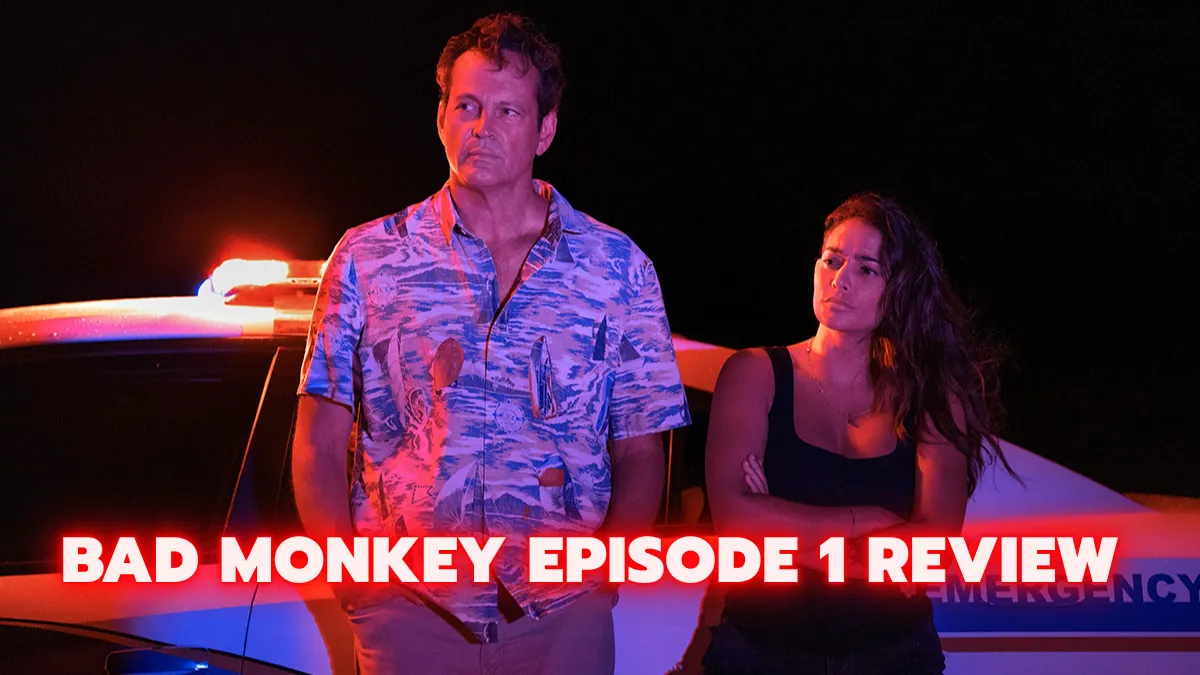Two astronauts, Barry “Butch” Wilmore and Sunita “Suni” Williams, have been stuck at the International Space Station (ISS) for nearly two months. Originally scheduled to return almost 50 days ago, their prolonged stay is due to issues with their Boeing Starliner spacecraft. This situation has raised questions about Boeing’s technological capabilities, especially as the company deals with several major scandals.
The Mission and Its Challenges
The Starliner mission, intended as a test flight, was supposed to be brief. However, multiple technical problems have extended their stay. Despite some media reports, NASA and Boeing stress that the astronauts are not “stranded.” They have sufficient supplies and can use other docked spacecraft at the ISS for an emergency return if needed.
Identifying the Issues
During the mission, the spacecraft faced multiple helium leaks and thruster malfunctions. These issues needed to be understood and resolved before a safe return to Earth could be planned. Mark Nappi, vice president of Boeing’s commercial crew program, highlighted the importance of using the time in space to gather data and conduct tests to address these problems.
Testing and Troubleshooting
NASA and Boeing engineers have been working diligently to fix the issues. On Saturday, they tested 27 of the spacecraft’s 28 thrusters. The results showed that the thrusters were functioning well enough to consider a return to Earth. However, a specific return date has not yet been set, as more data analysis is needed.
The Role of Technology
Advanced technology plays a crucial role in diagnosing and attempting to fix the problems. Communication systems keep the astronauts connected with mission control, providing essential data for troubleshooting.
Previous Incidents and Comparisons
This is not the first time space missions have faced significant challenges. Historical missions, like Apollo 13, also dealt with critical issues but managed to return safely. These precedents offer hope and guidance for resolving current problems.
Public and Expert Reactions
Public concern has been widespread, with many following the story closely. Experts like Laura Forczyk from Astralytical emphasize the need for caution, noting that while the vehicle is not operating as intended, the situation is not life-threatening.
Boeing’s Broader Challenges
Boeing’s space program has faced numerous setbacks. Since its joint venture with NASA began in 2014, there have been several problematic launches. The Starliner’s 2019 test flight had to be cut short due to software issues. Although a 2022 uncrewed flight successfully docked at the ISS, it was not without technical difficulties.
Competition and Future Missions
Meanwhile, SpaceX’s Dragon spacecraft, another option for the astronauts’ return, has made several successful trips to space since 2020. Boeing’s first crewed Starliner mission is tentatively scheduled for no earlier than August 2025, giving NASA and Boeing time to resolve the issues identified during this test flight. However, with the ISS set to shut down in 2030, the project’s timeline is tight.
Broader Implications for Boeing
Boeing’s space-related challenges are part of larger issues within the company. Known primarily for its commercial aircraft and defense manufacturing, Boeing has faced scrutiny due to multiple failures of its 737 Max planes. Incidents, including two deadly crashes and various technical malfunctions, have damaged the company’s reputation.
Conclusion
The prolonged stay of astronauts Barry Wilmore and Sunita Williams at the ISS highlights ongoing issues with Boeing’s Starliner spacecraft. While NASA and Boeing are working tirelessly to resolve these problems, the situation underscores broader concerns about Boeing’s engineering and operational practices. As the world watches, the hope is that these challenges will be overcome, ensuring the astronauts’ safe return and the future success of Boeing’s space missions.








